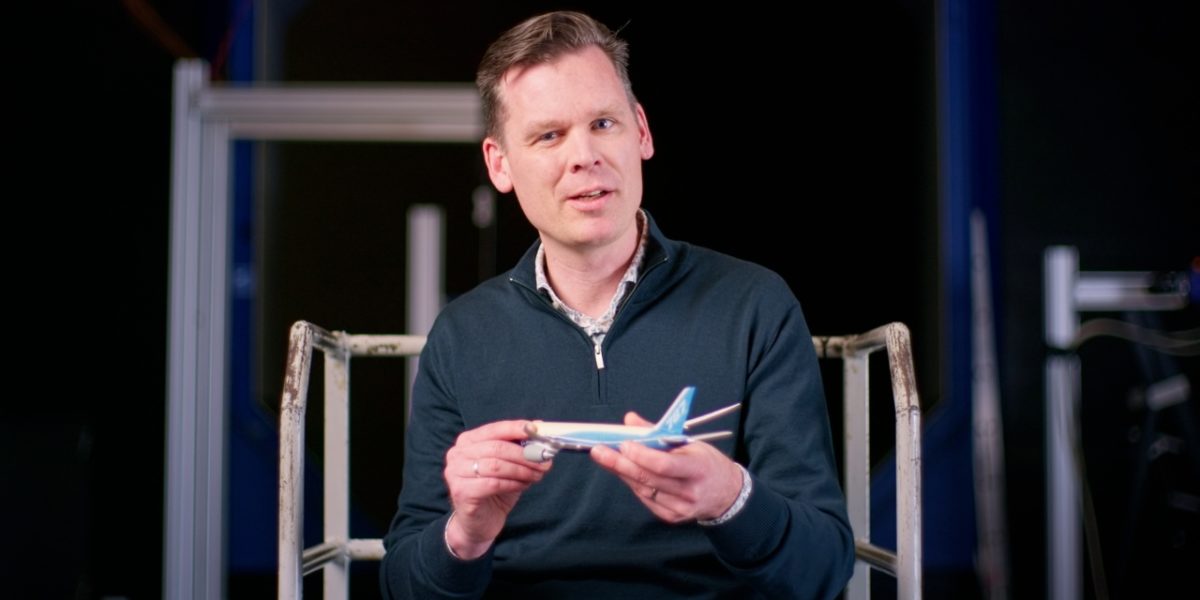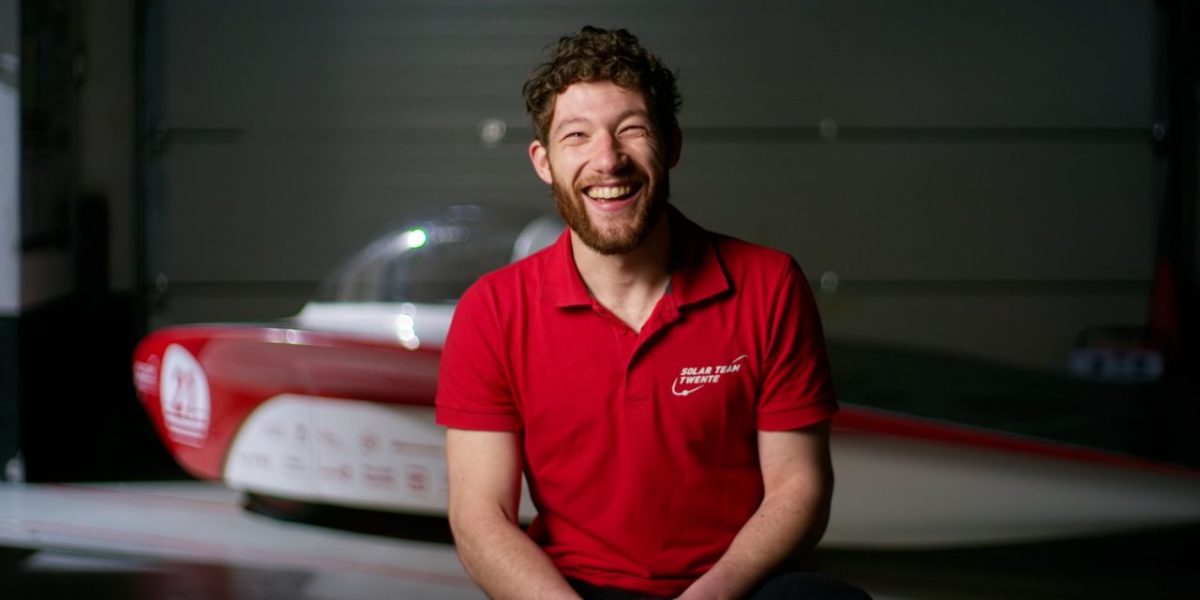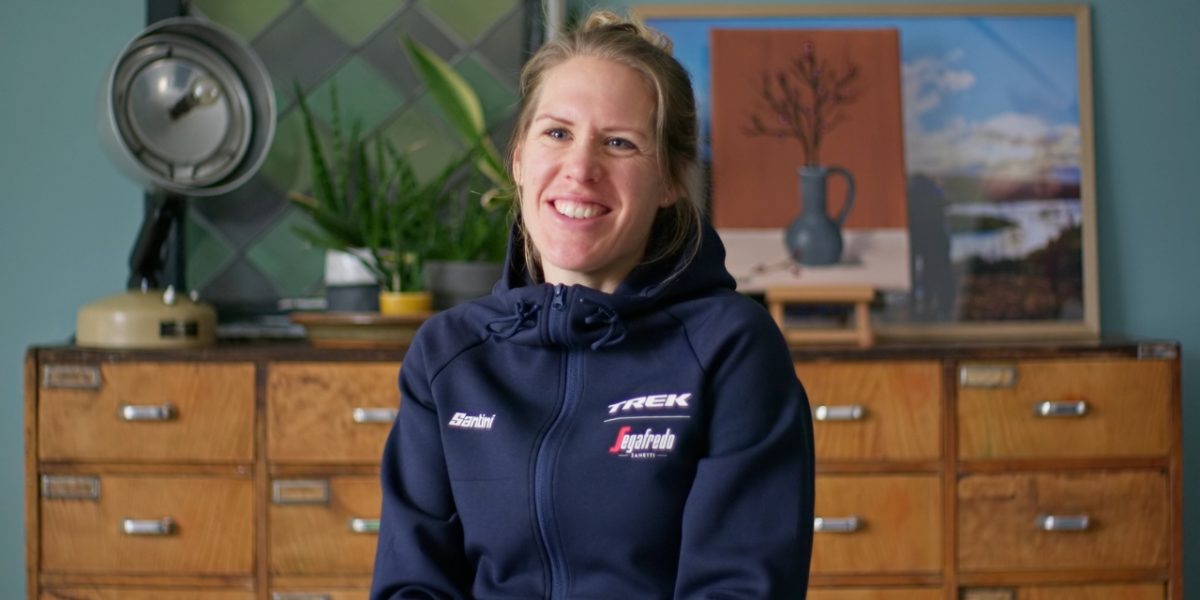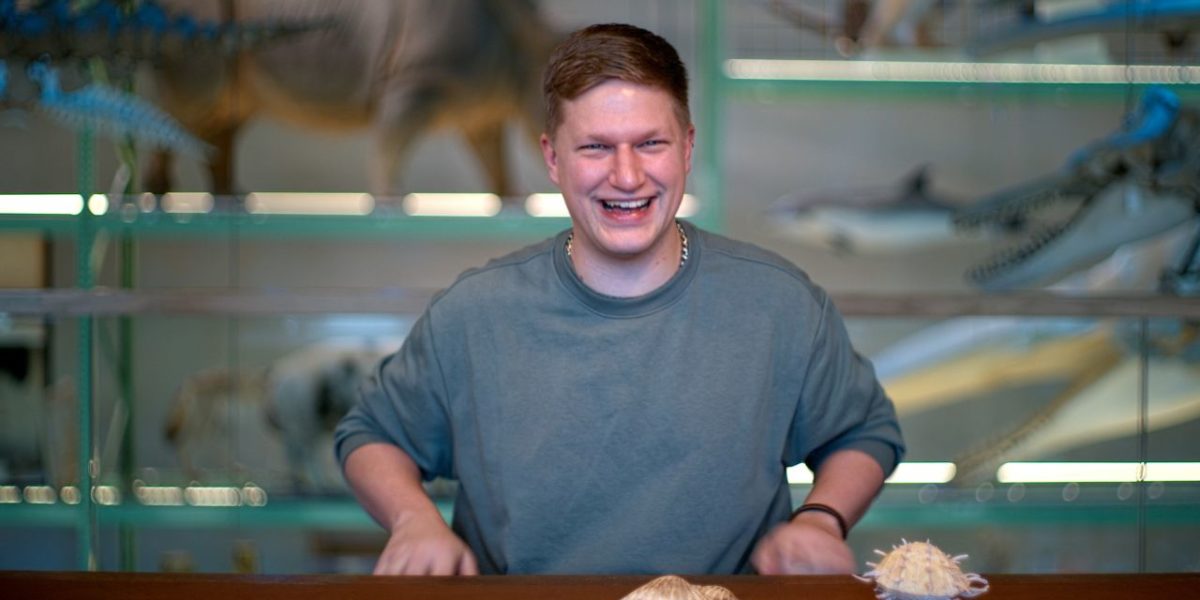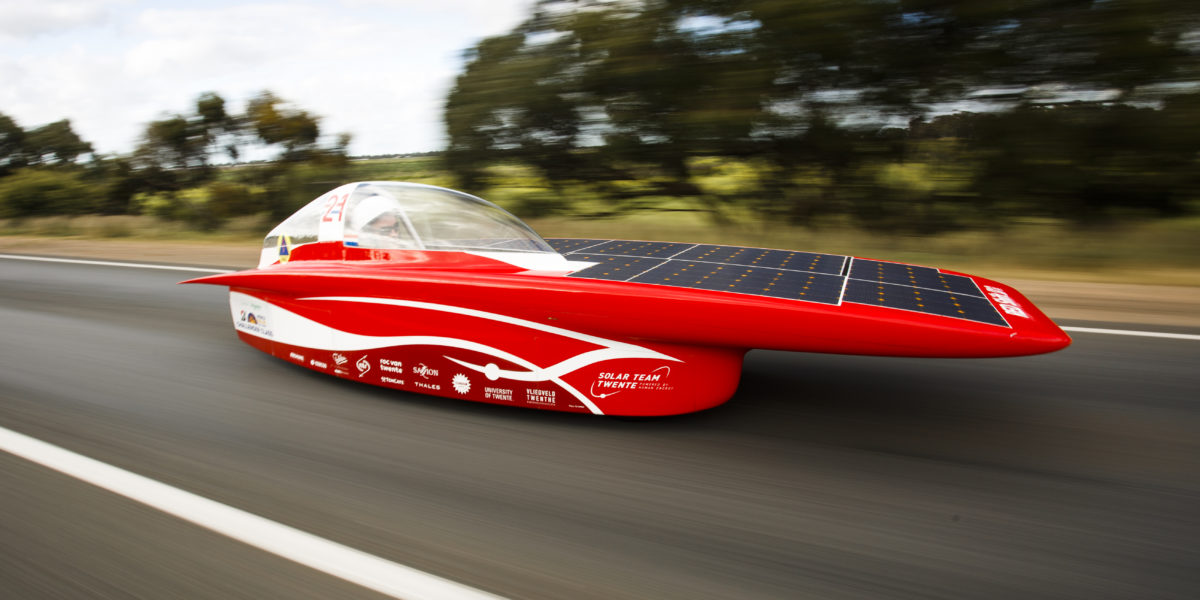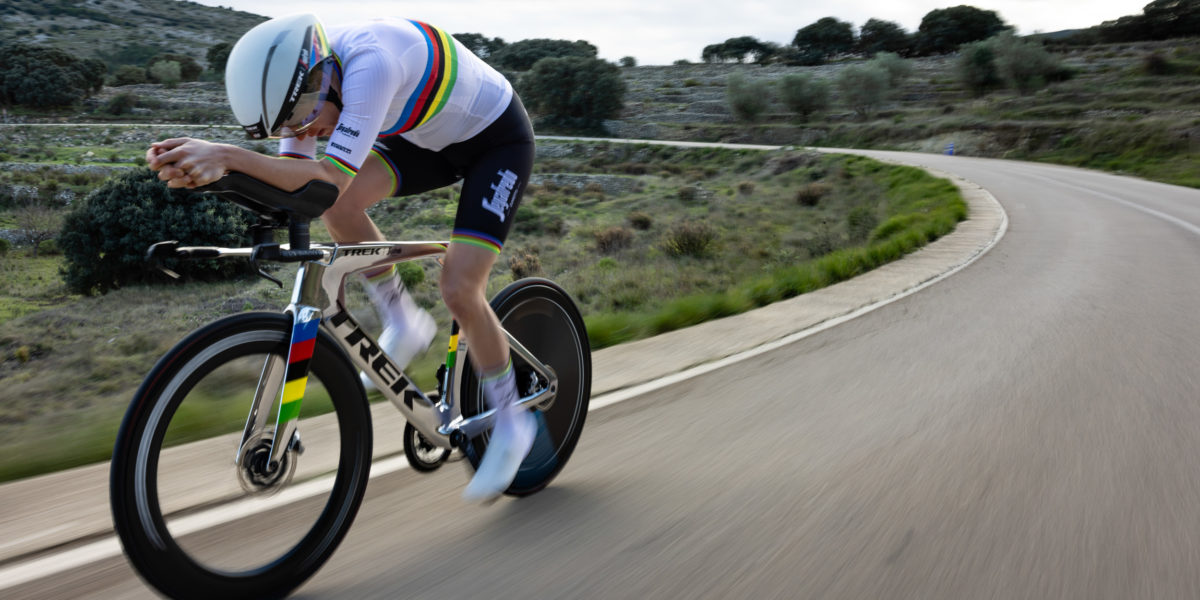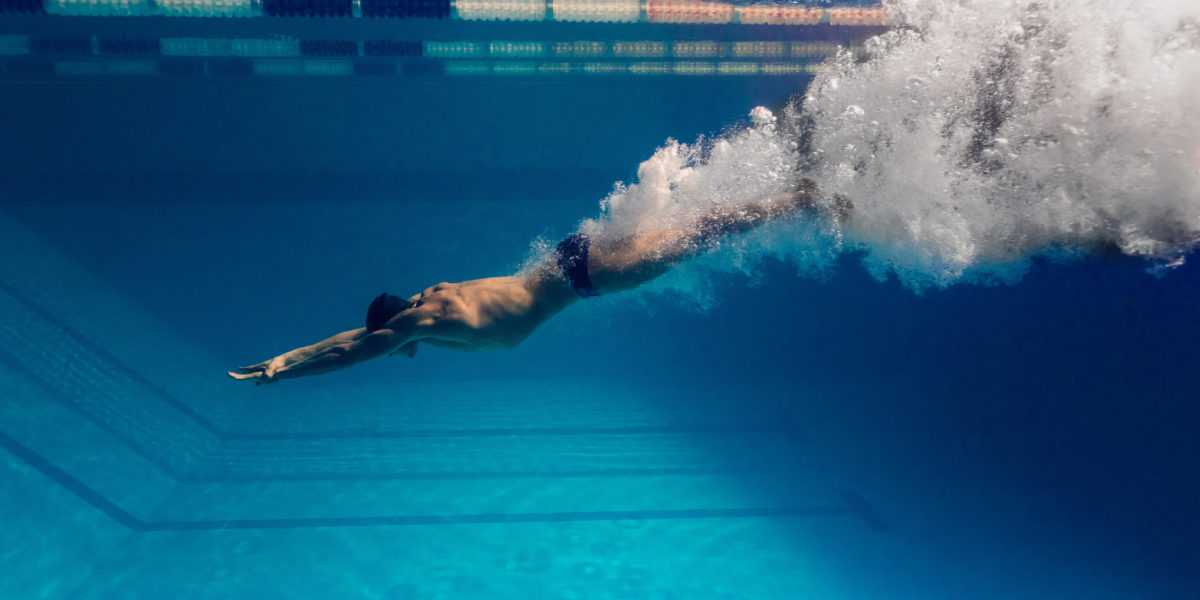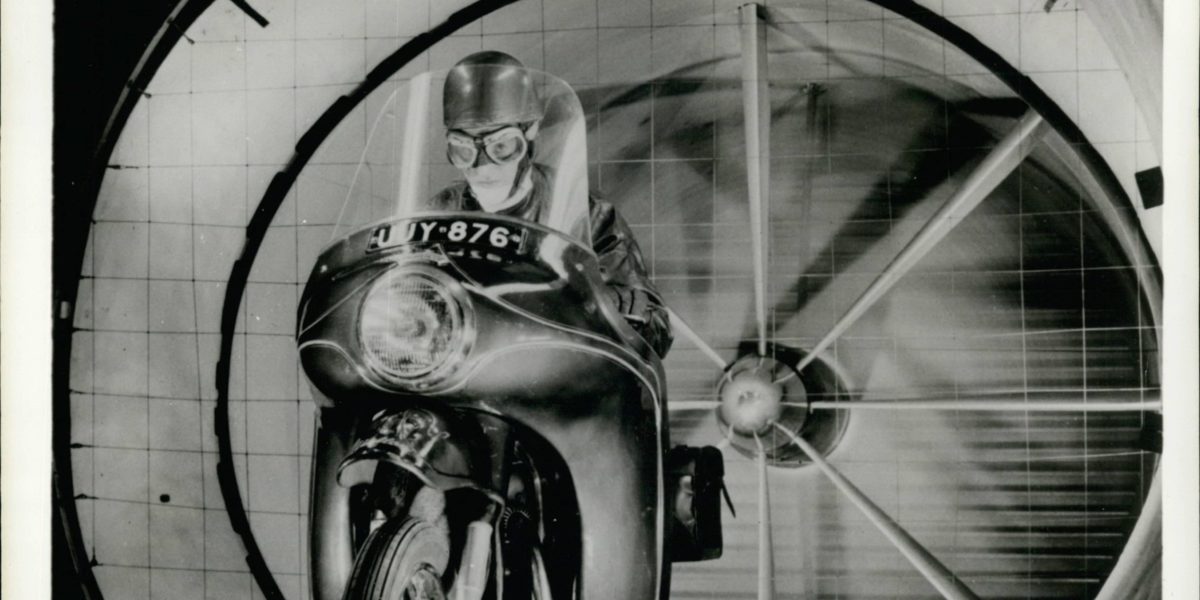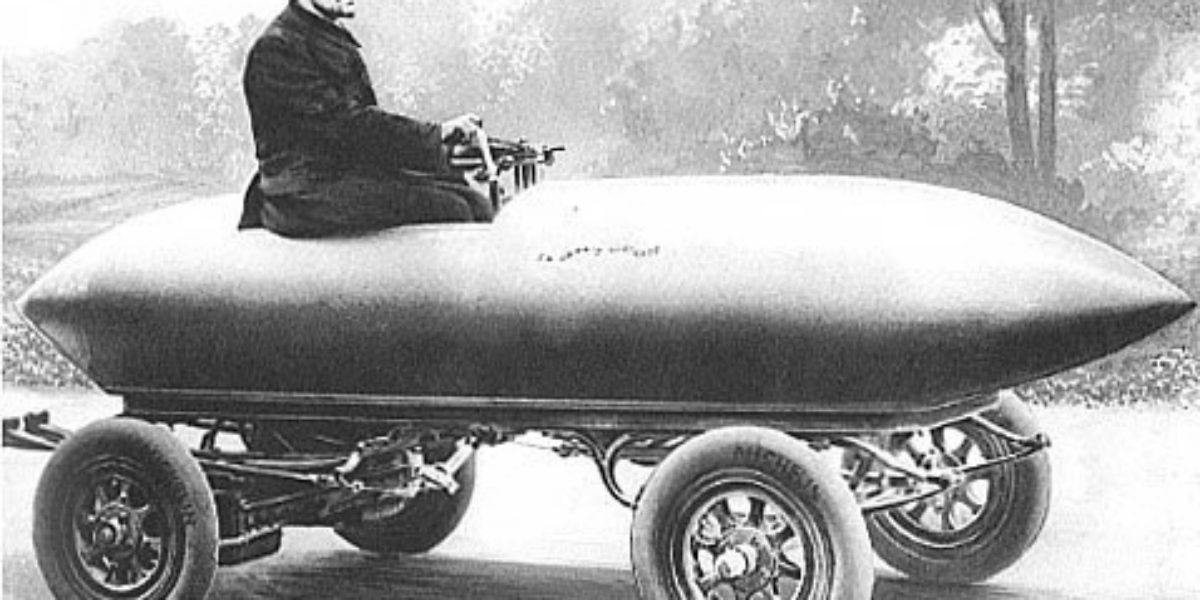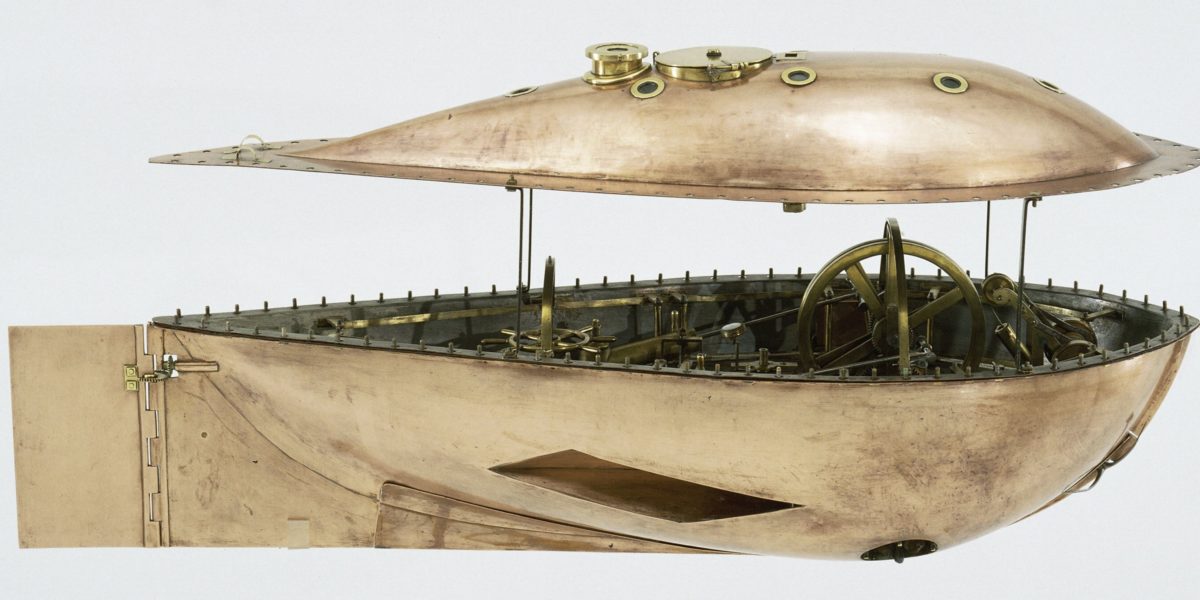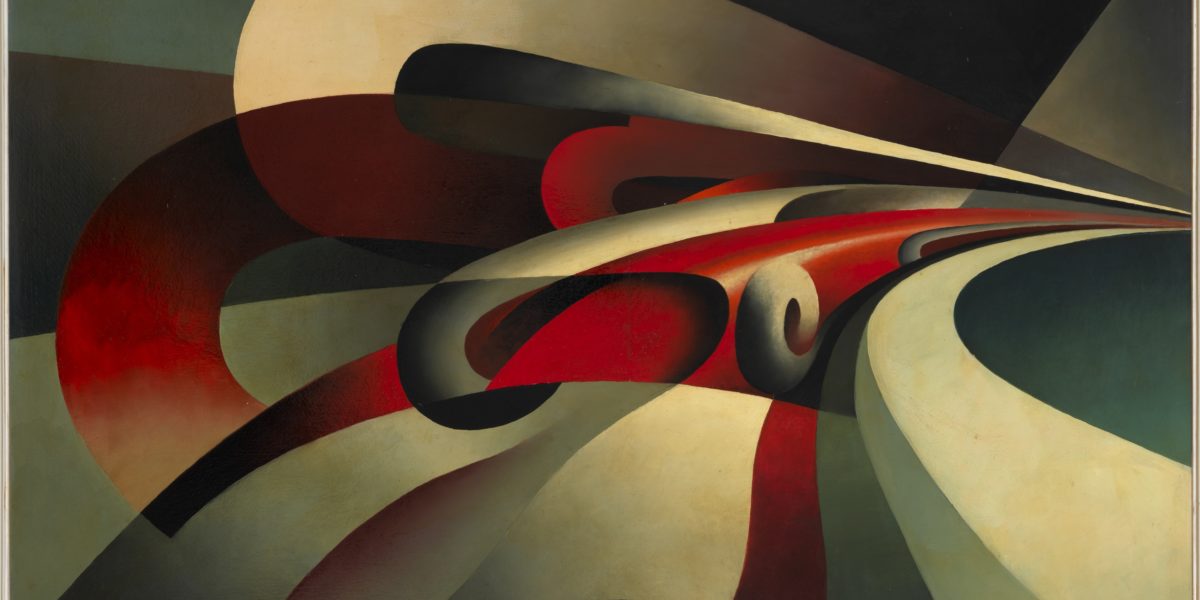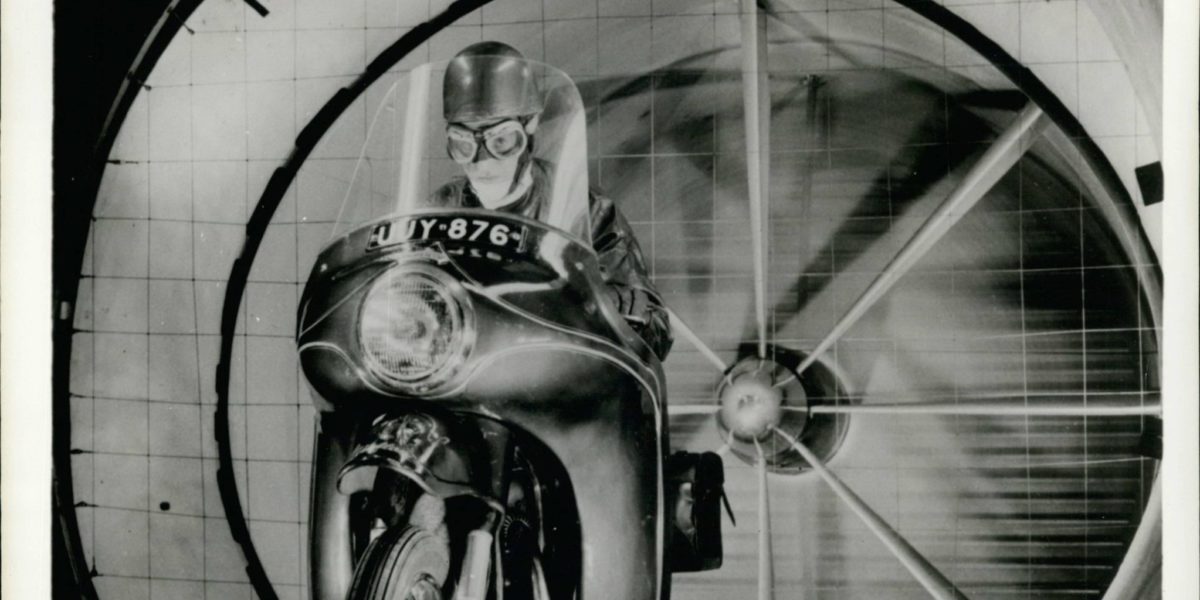The British aviation pioneer George Cayley argued as early as 1804 that the shape of boats ought to be deduced from ‘a better designer than man’. In other words, from God. In its early days, the streamlined shape was often held out as the perfect, natural form. In the 1930s, American designers referred to the salmon and the rounded pebble as proof that their flowing forms were the most natural: after all, they were supposedly the result of a long evolution.
Shape, skin and movement
In their quest for perfection, however, designers sometimes assume that nature has a grand plan, which is not the case. Animals that can run, fly or swim fast are each ‘streamlined’ in their own way. Their shape, their skin, and their movement all have a part to play. Shark skin, for instance, is not smooth but covered in minute ‘teeth’, over which water flows more easily. Some birds of prey, meanwhile, adjust their shape with immense precision so that they can swoop down on their prey at great speed.
Biomimicry
Even if ‘divine perfection’ does not exist, learning from nature can still be very useful when it comes to creating aerodynamic designs. Designers then often study the functions of certain traits acquired through evolution. Scientists call the emulation of nature ‘biomimicry’. Swimsuits, for instance, can be based on shark skin.
Chronophotography
Before you can learn from nature, you have to study it carefully. During the nineteenth century, the camera made it possible to capture the movement of animals and humans millisecond by millisecond for the very first time. Important pioneers of ‘chronophotography’, as the technique was called, included the English photographer Eadweard Muybridge and the French physiologist Étienne Jules-Marey.
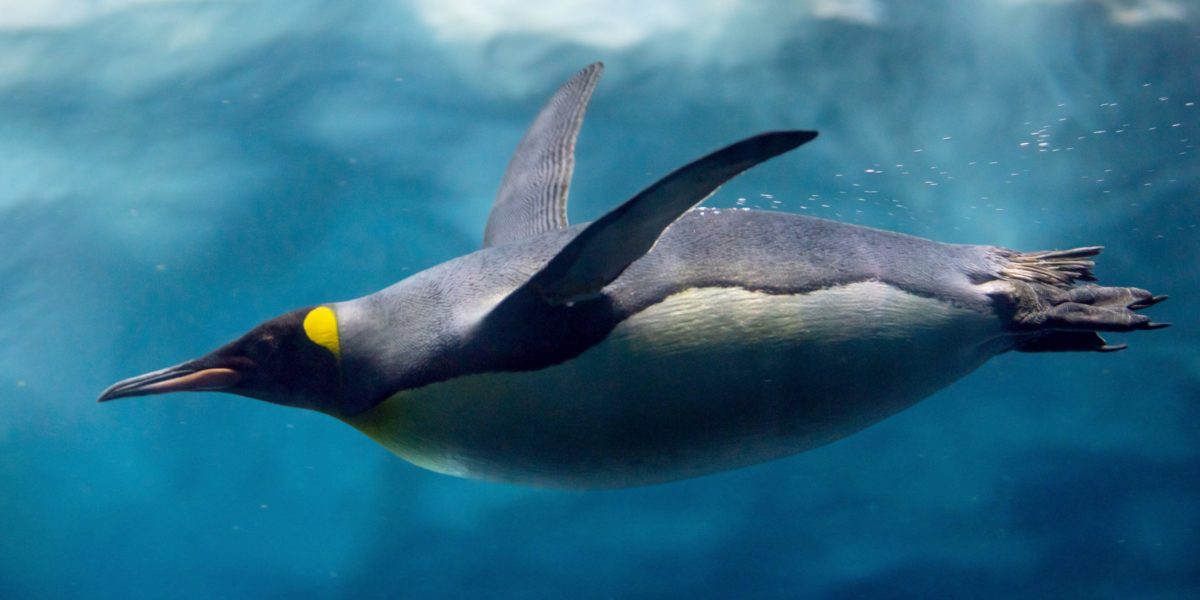
Swimming penguin. Photo by David Herraez Calzada, via Alamy.

